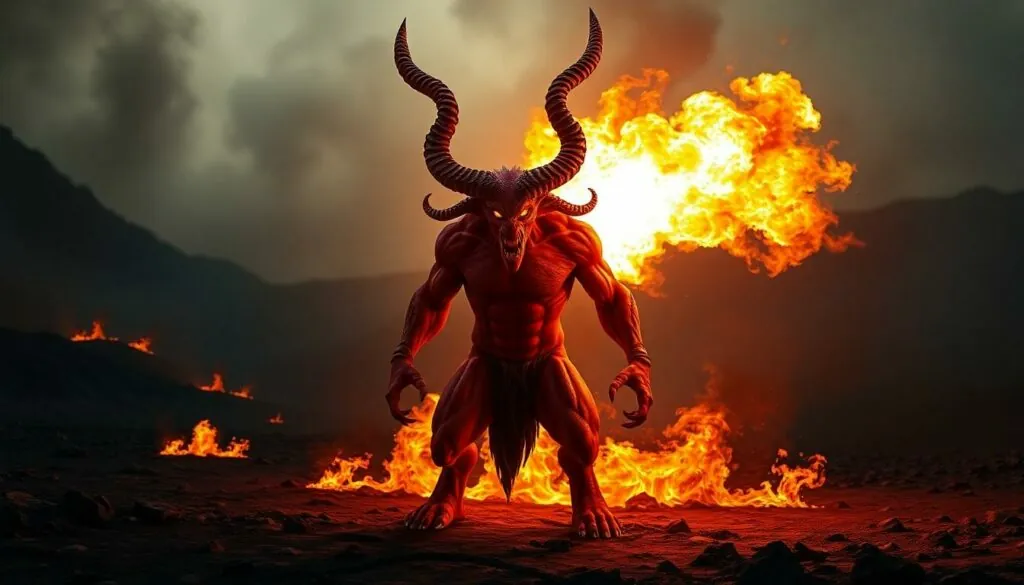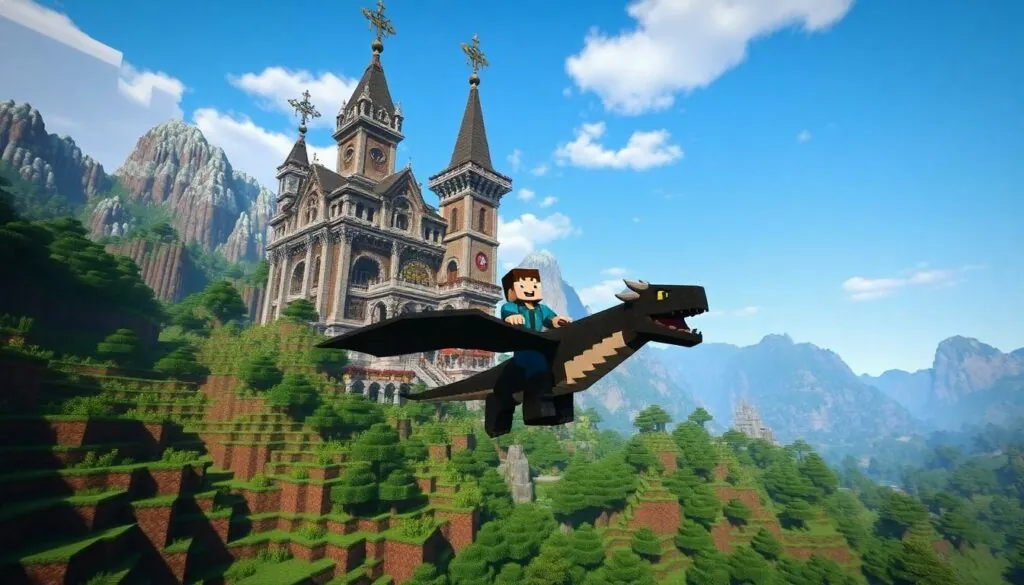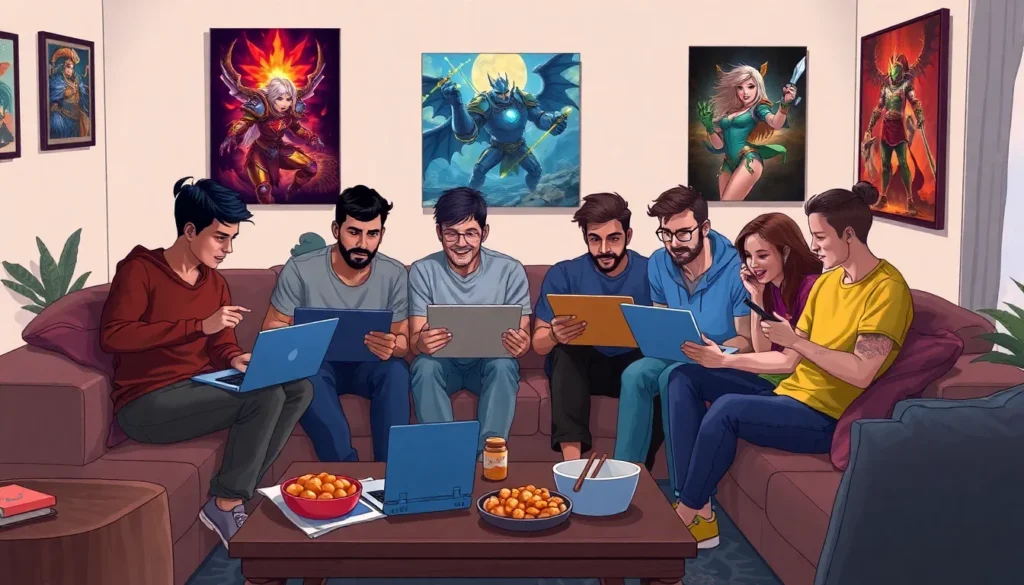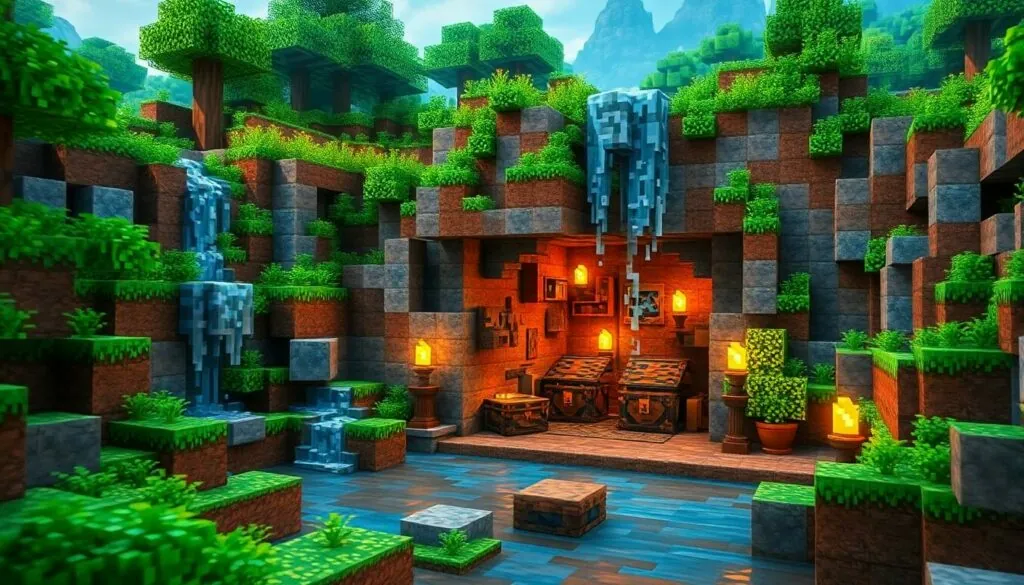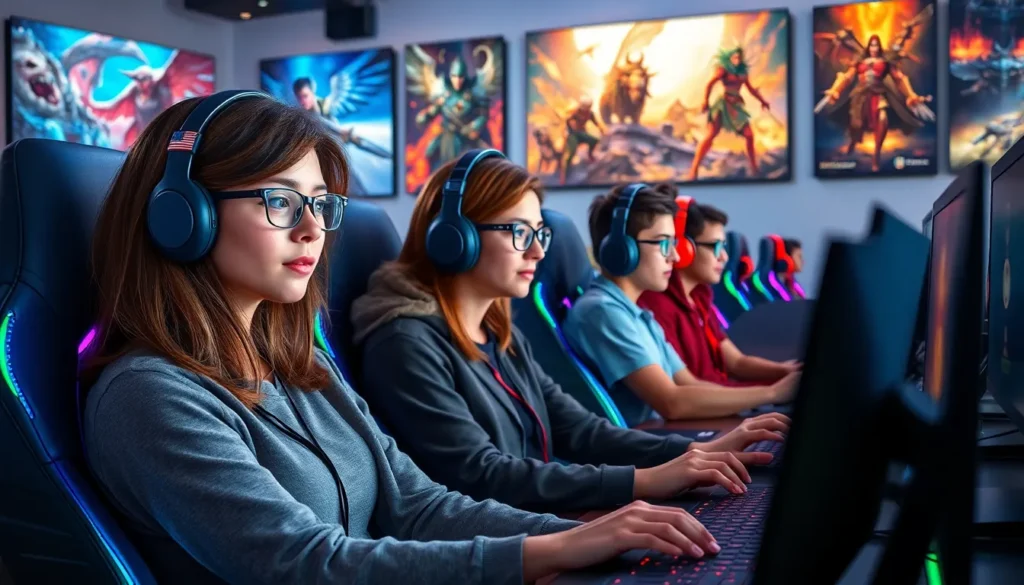In the pixelated world of Minecraft, where blocks become castles and creepers lurk in the shadows, an unexpected phenomenon has emerged: Minecraft propaganda. It’s not just about crafting the ultimate fortress or enchanting the perfect sword; it’s about spreading messages that can shape player behavior and community culture. Who knew that a game about mining and crafting could double as a canvas for creativity and persuasion?
Table of Contents
ToggleUnderstanding Minecraft Propaganda
Minecraft propaganda refers to the use of the game’s environment and mechanics to convey ideas or messages that influence player perceptions. Such communication extends beyond gameplay, reflecting players’ creativity and desire for social change.
Definition of Minecraft Propaganda
Minecraft propaganda encompasses various forms of communication within the game that promote specific ideas or beliefs. Through creative builds, in-game signs, and shared narratives, players express political, social, or cultural messages. This kind of propaganda often aims to engage communities and spark discussions about relevant issues. Notable examples include protest builds or installations that encourage activism and awareness among players.
Historical Context in Gaming
Gaming has long served as a platform for propaganda and social commentary. Titles such as “Papers, Please” and “Spec Ops: The Line” introduced players to complex moral dilemmas. Minecraft continues this tradition, allowing users to creatively tell stories or share insights that reflect real-world events. The rise of social media in gaming communities has accelerated the spread of propaganda, making it accessible within the vast Minecraft universe. With its unique world-building features, Minecraft stands out as a tool for both expression and influence in the gaming landscape.
Techniques Used in Minecraft Propaganda
Players utilize various techniques to convey messages through Minecraft, creating an impactful experience that influences communities.
Visual Elements
Visual elements play a crucial role in Minecraft propaganda. Players design intricate builds that deliver messages through their structures. For example, large murals depicting social movements stimulate conversations among players. In-game signs often complement these visuals, providing context and clarity. Colors and symbols chosen for builds further amplify the intended message, making it more memorable. Unique designs attract attention and encourage players to explore themes in depth, enhancing engagement. The combination of creativity and artistry captures players’ interest while fostering community interaction.
Narrative Strategies
Narrative strategies enrich the propaganda experience within Minecraft. Players craft stories that highlight social issues or cultural comments. Storytelling occurs through quest-like adventures, designed to lead participants through critical discussions. Effective narratives often incorporate relatable scenarios, encouraging players to reflect on their choices. Moreover, collaborative storytelling fosters a sense of community, making players co-creators of the messages. By integrating role-playing elements, players actively participate in the unfolding stories, deepening their connection to the issues at hand. Overall, these narratives create immersive experiences that resonate with the audience.
Impact of Minecraft Propaganda
Minecraft propaganda significantly reshapes player experiences. It creates a platform for players to express ideas and engage with meaningful content.
Influence on Players
Players often find themselves drawn into narratives that challenge their beliefs. Engaging with these narratives sparks curiosity and encourages critical thinking. Emotional resonance occurs as players immerse themselves in stories that reflect real-world issues. Through interactive quests, individuals not only learn about social change but also feel inspired to act. Community discussions flourish as players share experiences, fostering a sense of belonging and collaboration within the game.
Cultural Significance
Cultural relevance emerges as Minecraft serves as a medium for social commentary. The game captures the spirit of contemporary movements, providing a voice for marginalized groups. Players utilize in-game constructs to reflect local and global issues, making messages accessible to diverse audiences. Collaborative builds often symbolize unity, illustrating collective action against social injustices. This engagement in cultural dialogue positions Minecraft propaganda as a unique tool for both personal expression and societal transformation.
Criticisms of Minecraft Propaganda
Minecraft propaganda raises various ethical concerns among players and developers. The use of virtual spaces for spreading political or social messages challenges the extent of influence these messages have on impressionable audiences. Critics argue that some builds may contain misinformation or promote divisive ideologies. Additionally, the potential for manipulation within the game prompts discussions about the responsibilities of creators and the platform itself. Ethical considerations urge players to reflect on their intentions when crafting messages within such an influential medium.
Ethical Considerations
Ethical implications often surface when creating propaganda in Minecraft. Freedom of expression engages players, yet certain messages can risk crossing moral boundaries. The representation of sensitive topics raises the question of how communities engage with different narratives. Not all players may appreciate controversial themes, leading to potential discord within the game’s environment. Everyone involved should consider the impact their builds and messages could have on others while fostering a respectful dialogue among users.
Counterarguments
Counterarguments highlight the positive aspects of Minecraft propaganda. Supporters assert that these messages can empower players to raise awareness about vital issues. They argue that gameplay offers a platform for creativity and dialogue that can provoke thought and inspire social change. Communities often benefit from diverse perspectives and the opportunity to explore different viewpoints. This exchange nurtures an environment of learning and engagement, emphasizing the value of awareness in today’s world.
Conclusion
Minecraft propaganda has emerged as a powerful tool for expression within the gaming community. By transforming the game’s environment into a canvas for social commentary, players are not just crafting structures but also narratives that challenge perceptions and inspire dialogue. This unique blend of creativity and activism highlights the game’s potential to foster community engagement and promote social change.
As players navigate this landscape, they also confront the ethical implications of their messages. The balance between impactful storytelling and responsible communication is crucial in shaping the game’s culture. Ultimately, Minecraft serves as a platform where creativity meets conscience, allowing players to become both creators and advocates for the issues that matter to them.


